How do we understand historical movements in a modern context?
This past Thursday, January 30, I attended one of Barnard’s SPARK Faculty Lunches, hosted by the Athena Center for Leadership CoLab. What made this lunch so special is that Barnard History Professor Angelo Caglioti gave his fascinating perspective on dictatorships and fascism within the 20th century. As an Italian who moved to NYC, Professor Caglioti was able to provide a nuanced analysis of the topic. He is a scholar of Modern European History, with a focus on authoritarianism and how it interacts with the natural environment.
When I walked into the seminar room, I was greeted by a small group of 10 undergraduate students, and some yummy lunch from Dig. Everyone was extremely welcoming, and even though we were only there for an hour, the professor had us introduce ourselves. He was fascinating to listen to, and very approachable for anyone who is not as experienced with history or with this topic in particular. Instead of monologuing a previous lecture, Professor Caglioti based the talk on our questions. Before getting too far into the conversation, he stood up to draw a graph on the board where he described history as being over both space and time.
After this, he took our questions to explain the nuances of fascism without the bias of presentism. I took many notes, but what spoke to me was his understanding that fascism is much more complicated than how we throw around the word today. Historians also debate how broadly the term can be applied, as many can only agree that Italian fascism was fascism. After World War I or the Great War, the Italian fascist government rose to power by capitalizing on people’s frustrations with the outcome of the war. All nations who participated, even the victors, were worse off after the war even though many promised that they’d be better.
With many questions asking about how the term has been applied to current political events, Professor Caglioti gave some characteristics of fascist states and how they rise, then asked us to come to more conclusions. What stood out as most notable to me was that fascists exploit violence for gain, yet they proclaim to be the ones restoring order. What this means is that fascism thrives when there is always a state of crisis, when there is always somebody else to blame for more problems. In a fascist state, internal enemies lead to a constant fear that the state of affairs is never good.
Caglioti explained that while monarchs and dictators can be authoritarian, they are not always fascists. He drew the line to emphasize that fascism attempts to appeal to as many people as possible. Unlike other forms of authoritarianism, it claims to be revolutionary, anti-elitist, and anti-establishment, where the leader channels what the people supposedly want. Fascist leaders will claim to be executing the will of the people, excusing any actions that the opposition would claim as bad for the nation.
When a previous attendee of a SPARK Faculty Lunch was asked to offer her experience, she described it as simply humanizing professors. By the end of the hour, everyone in the room was wishing that we could all stay just a little longer to gain more insight from Professor Caglioti. What I took away most from the talk was that history teaches us democracy is a constant practice that must be upheld. For the rest of the day, I kept thinking about this reminder and how we must pay close attention to both history and the present.
This year, SPARK is theming its events around how transitions shape our collective lives, and the role that leaders take within these. The next faculty lunch will be with Professor Gabrielle Gutierrez, who will discuss transitions she has experienced within the field of neuroscience research.
Image via University of Wisconsin Libraries


 0 Comments
0 Comments